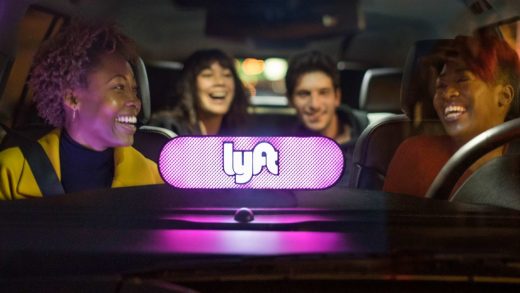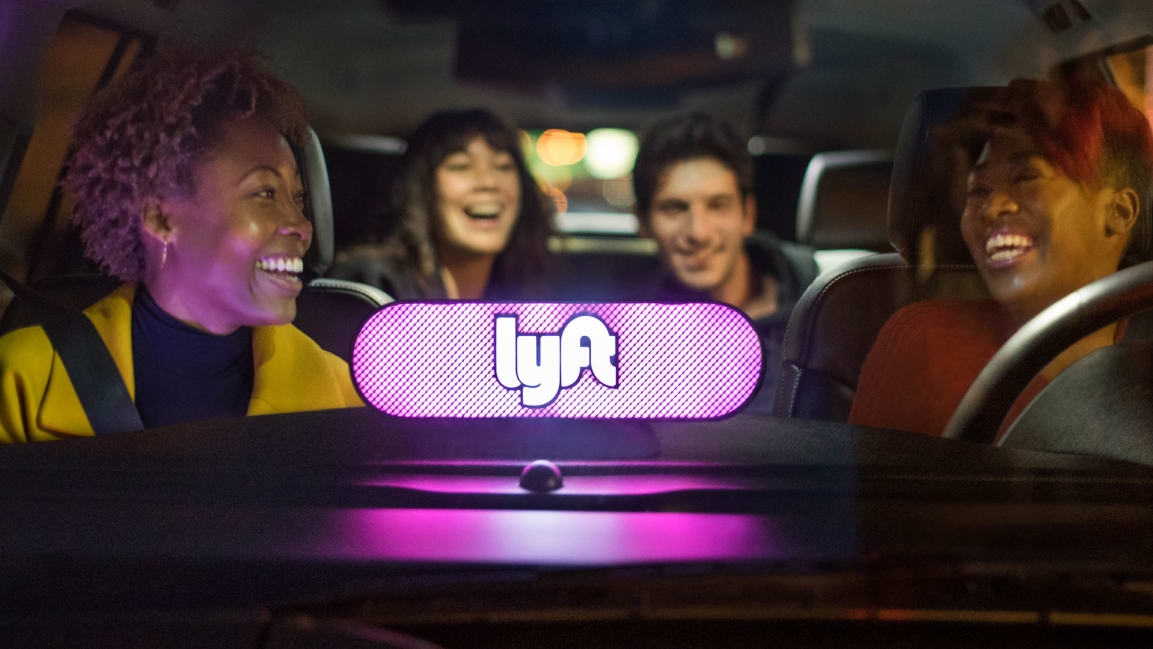10 things about Lyft’s business we found in its IPO filing
After an often-tense battle with Uber, Lyft is first of the two ride-hailing giants to publicly file its prospectus to go public. The company is expecting to be valued between $20 billion and $25 billion, according to Reuters. Here are 10 details we found in its S-1 filing:
30.7 million in 2018
18.6 million active riders in 2018 (“We define Active Riders as all riders who take at least one ride on our multimodal platform through the Lyft app during a quarter. An Active Rider is identified by a unique phone number. If a rider has two mobile phone numbers or changed their phone number and such rider took rides using both phone numbers during the quarter, that person would count as two Active Riders.”)
178.4 million in 2018
2016: $343.3 million
2017: $1.1 billion
2018: $2.2 billion
2016: $682.8 million
2017: $688.3 million and
2018: $911.3 million
March 2016: $15.88
December 2018: $36.04
March 2016: 16.8%
December 2018: 28.7%
Self-driving cars are top of mind for the company, “If we are unable to efficiently develop our own autonomous vehicle technologies or develop partnerships with other companies to offer autonomous vehicle technologies on our platform in a timely manner, our business, financial condition and results of operations could be adversely affected.” But earlier in the prospectus the company notes that the rise of alternative work is part of what makes it relevant–a bit of irony. Since January 2018, Lyft has given 35,000 rides in Aptiv autonomous vehicles.
(17)



